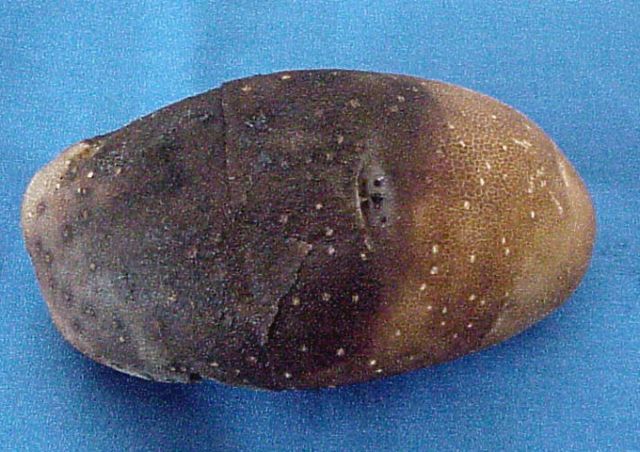
The blight issue and OMAFRA’s position on growing potatoes and tomatoes in the urban garden,
“There is no law preventing urban gardeners from growing potatoes or tomatoes, however, they do pose a risk to potato and tomato production since they can be a source of late blight. The reason that we suggest urban gardeners do not plant potatoes and not tomatoes is because potato tubers can be an early source of late blight.
We recommend to all growers to plant certified potato seed purchased from a seed potato operation. Urban gardeners can also purchase certified potato seed from a reputable garden center or Co-op. Unfortunately Urban Gardeners are more likely to keep potato seed from last year’s crop which may have late blight in them. When these are planted the pathogen can quickly spread to potato and tomato operations.
Tomato seed does not usually carry the pathogen, and therefore is less risky. Nevertheless, we recommend you obtain certified tomato seed each year from a reputable source. Tomato seedlings should be inspected for disease before transplanting into the garden. Any diseased tomato seedling should be buried away from the garden. It should not be composted.
Late blight of potato and tomato is caused by the pathogen known as Phytophthora infestans. It can travel in 2 main ways;
1) through the production of Spores which can travel with the wind to neighbouring fields and gardens. It doesn’t generally travel long-distances but if it finds a suitable potato or tomato plant it will start the process all over. The spread therefore is determined by topography, wind direction and weather patterns.
2) Water – when a potato plant has blight on its leaves, and then is watered or rained upon, the water washes spores onto the ground that then infest all potatoes in that soil. One infected potato left in that soil can start the whole process again next year.
“Cool nights, warm days, and extended wet conditions from rain and fog can result in late blight epidemics in which entire potato fields are destroyed in less than two weeks” said Gail L. Schumann, University of Massachusetts, Amherst and Cleora J. D’Arcy, University of Illinois
In optimum conditions it only takes a few days after the first signs of the blight to destroy the entire plant.
Disease Management
Cultivars: Not all cultivars are the same, and No cultivar is immune to all strains of the blight. However there are some which have shown to be more resistant than others. Do your research before purchasing seed.
Site Location and characteristics: One good defense is Good Drainage, and Good air flow. Avoid having your garden surrounded by dense trees or shrubs!
Crop Rotations: A rotation to ‘non host’ plants for 2-3 years is recommended. Plant other items in that bed that aren’t susceptible to the Blight.
References:
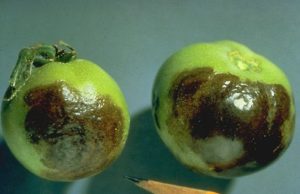
Late blight infections produce dark brown, firm lesions on Tomatoes
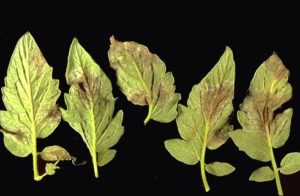
White sporulation may be visible in humid weather.
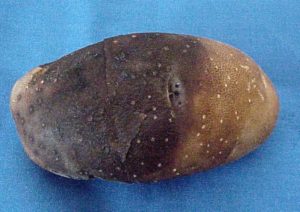
Potato with late blight.
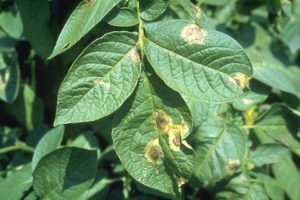
Pathogen identified by black/brown lesions



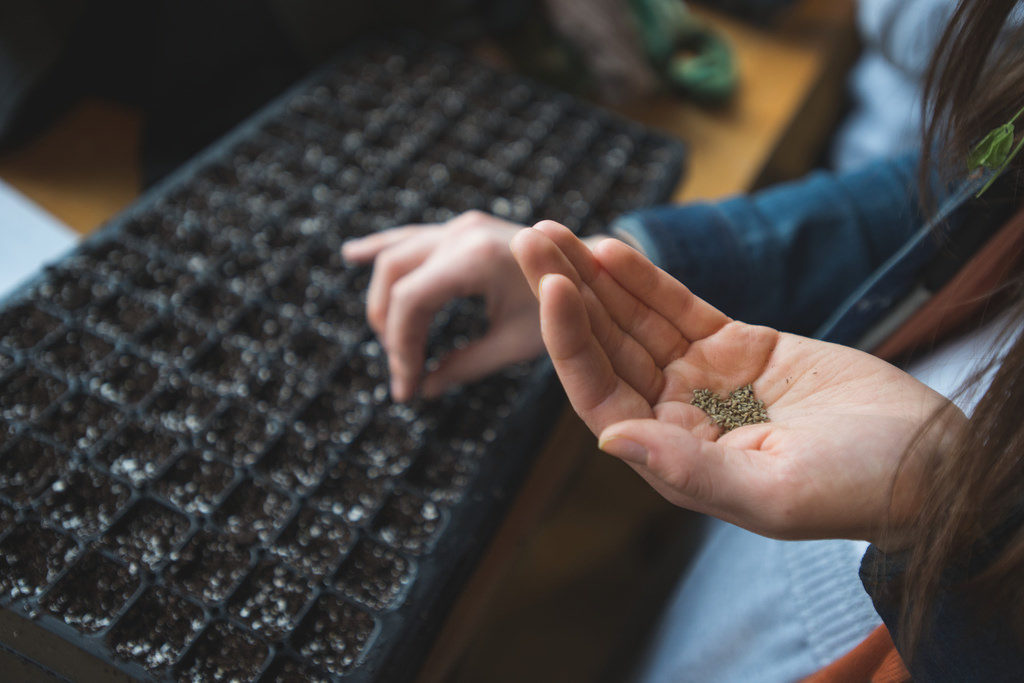
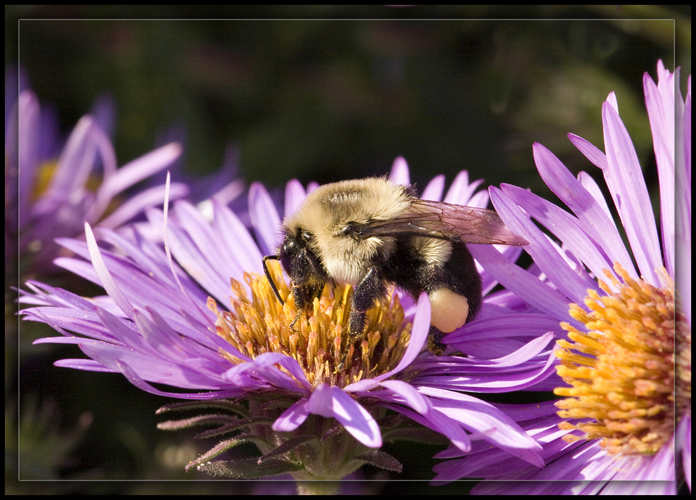
About The Author: Curtis
More posts by Curtis